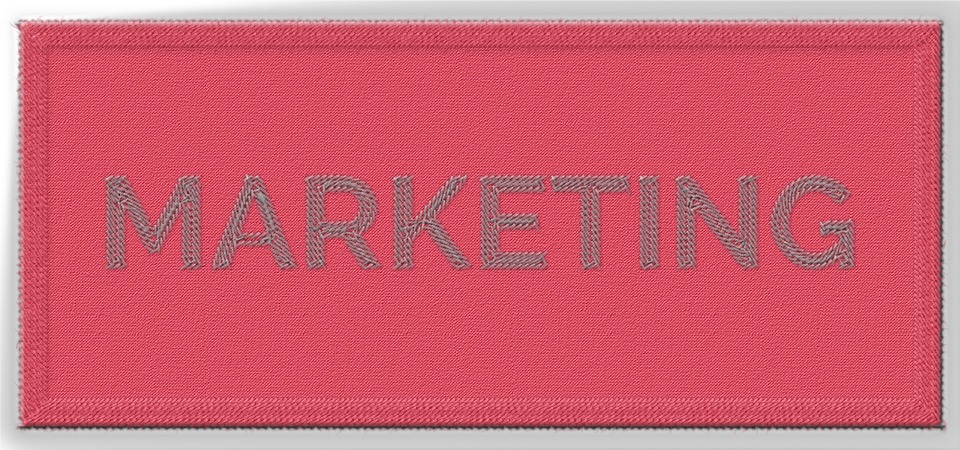In today’s fast-paced world, having a cohesive brand identity is more important than ever. A consistent image and message across all platforms can help build trust and credibility with customers, while a disjointed image can confuse them and undermine your business’s success. In particular, website graphic design is a critical component of creating a cohesive brand identity. Here are a few tips for building a website that showcases your business’s unique identity and creates a unified aesthetic.
1. Choose a color palette that reflects your brand values.
Colors are an essential part of any branding effort, and your website is no exception. When choosing a color palette for your site, consider the values and personality traits you want to associate with your brand. For example, if you run a health and wellness business, using soothing greens and blues might create a calming, rejuvenating atmosphere. If you’re marketing to younger audiences, bright, bold colors can create a lively, energetic vibe. Whatever choices you make, stick to them consistently across your site and your brand as a whole.
2. Use typography to create a unique look and feel.
Your choice of font can also help set the tone for your site and reflect your brand identity. Consider selecting a font that’s unique but still easy to read, such as a sans-serif font with clean lines. Remember to use a consistent font throughout your site, including headlines, body text, and navigation menus. If your brand has a signature font, consider using it consistently to create a distinctive look and feel.
3. Incorporate imagery that aligns with your brand message.
Images are a powerful tool for conveying your brand message and creating a cohesive look and feel for your website. Choose images that align with your brand values, whether that’s photos of happy customers, product shots, or illustrations that reflect your tone and personality. If you have a brand mascot or logo, including it in your graphic design can also help create consistency across your site and other marketing materials.
4. Build templates that maintain consistent styling.
As you design your website, consider building templates that you can use consistently across different pages and sections. For example, you might create a standard layout for your homepage, a separate one for product pages, and another for blog posts. Using these templates consistently can help build a cohesive look and feel that customers can recognize and trust.
5. Test and refine your website design over time.
Finally, remember that branding is an ongoing process, and your website design should evolve along with your business. Continue to test different graphic design elements, gather feedback from customers, and refine your vision over time. By doing so, you can create a website that effectively reflects your brand identity and helps your business stand out in a crowded online marketplace.





